
 1
1




.jpg)

I make a Maple Syrup instructional movie! Check it out HERE
SKIP books, get 'em while they're hot!!! Skills to Inherit Property
See me in a movie building a massive wood staircase:Low Tech Lab Movie
Mike Barkley approved this submission.
Note: Certified for 12 oddball points.




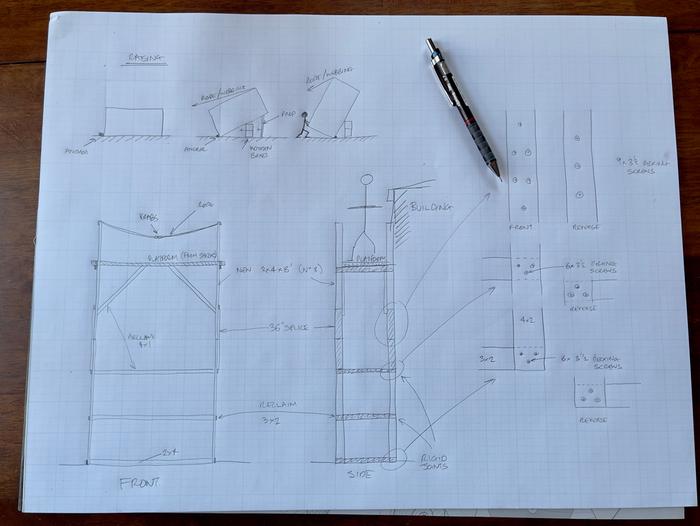

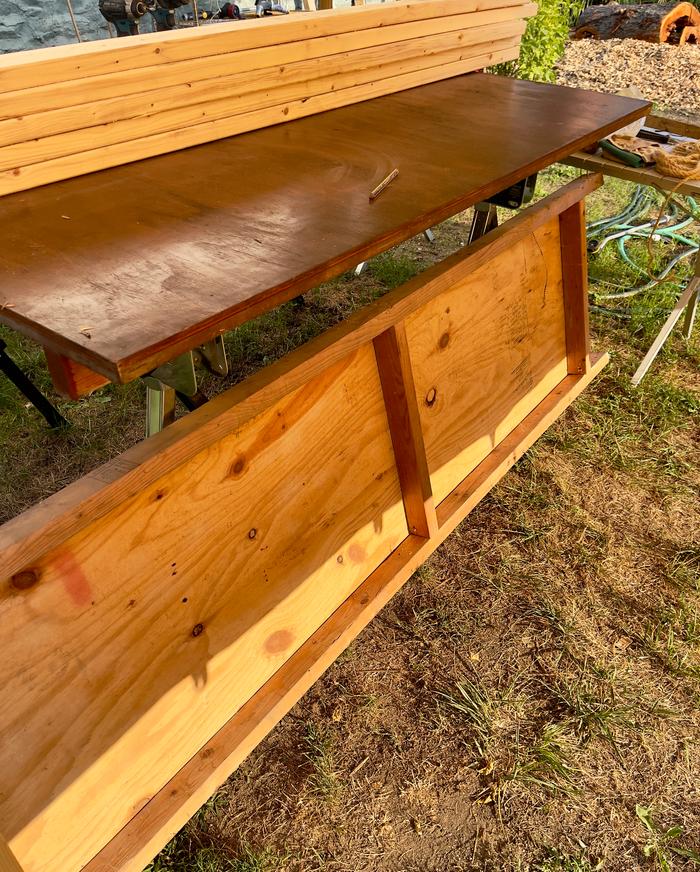

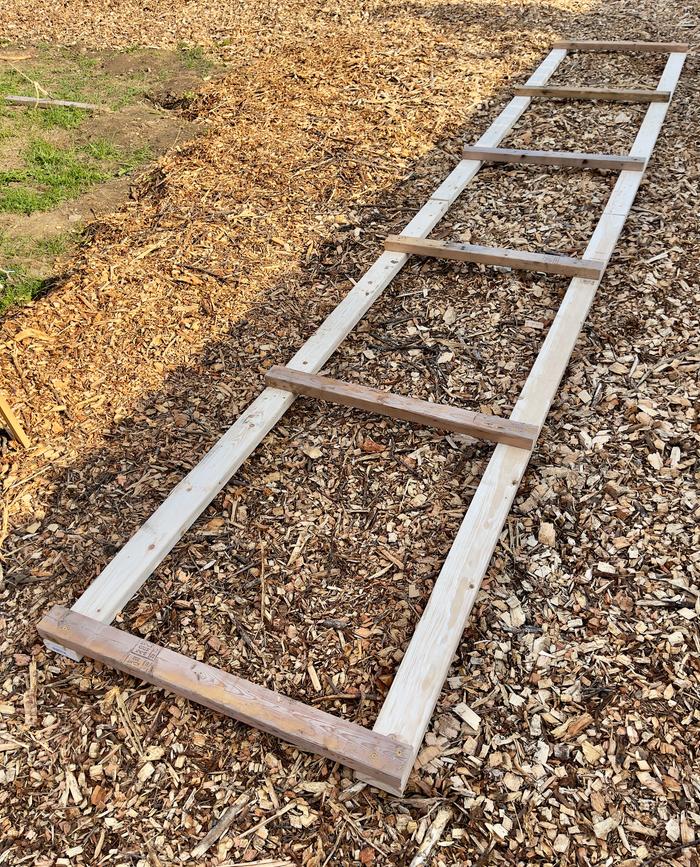

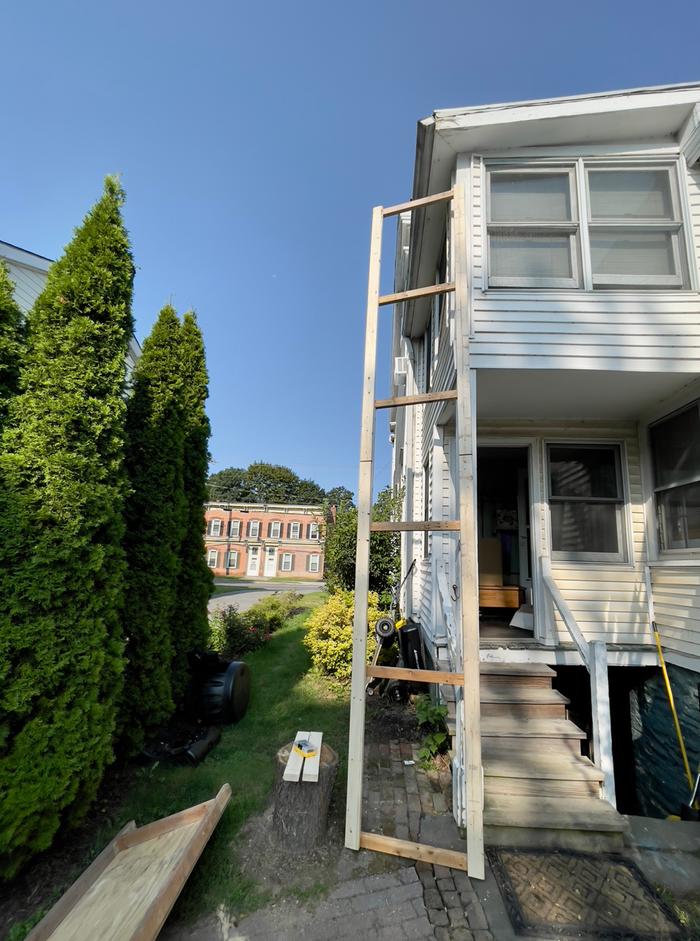

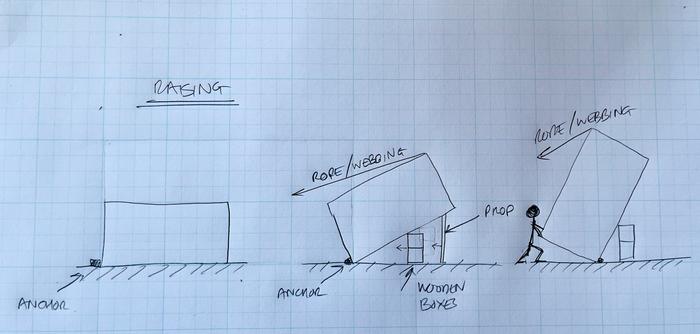
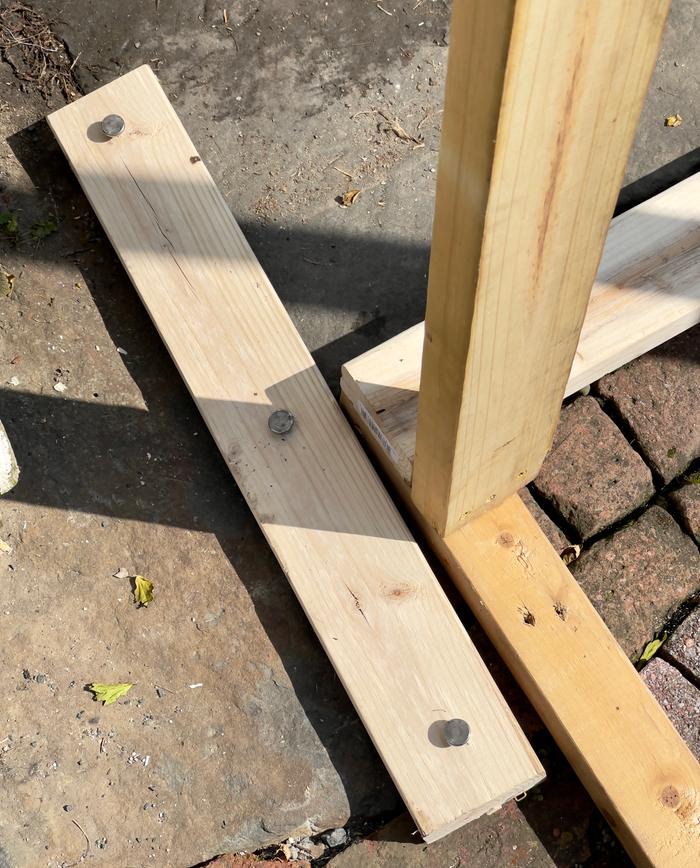

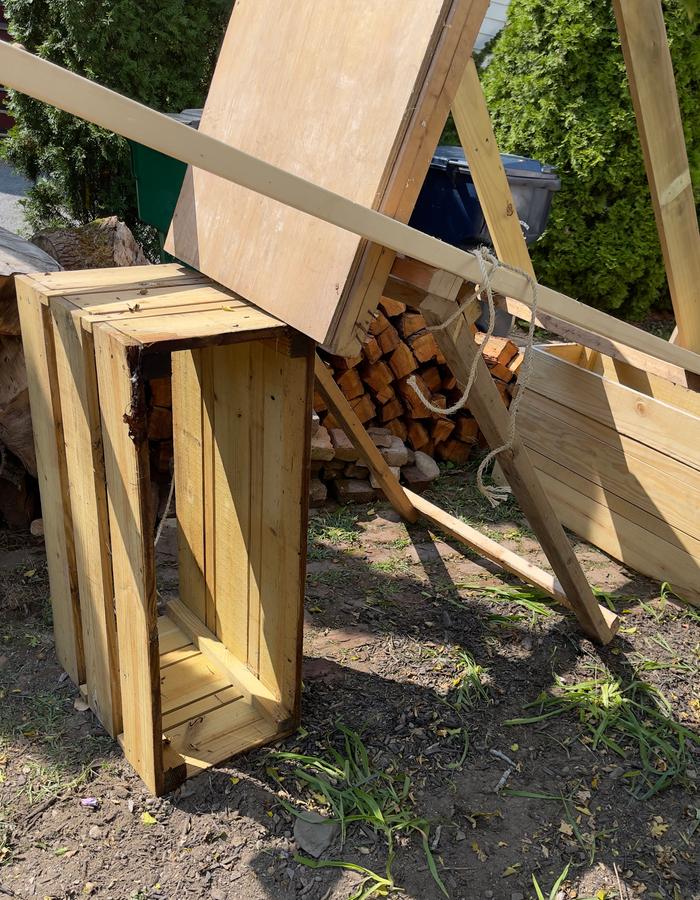

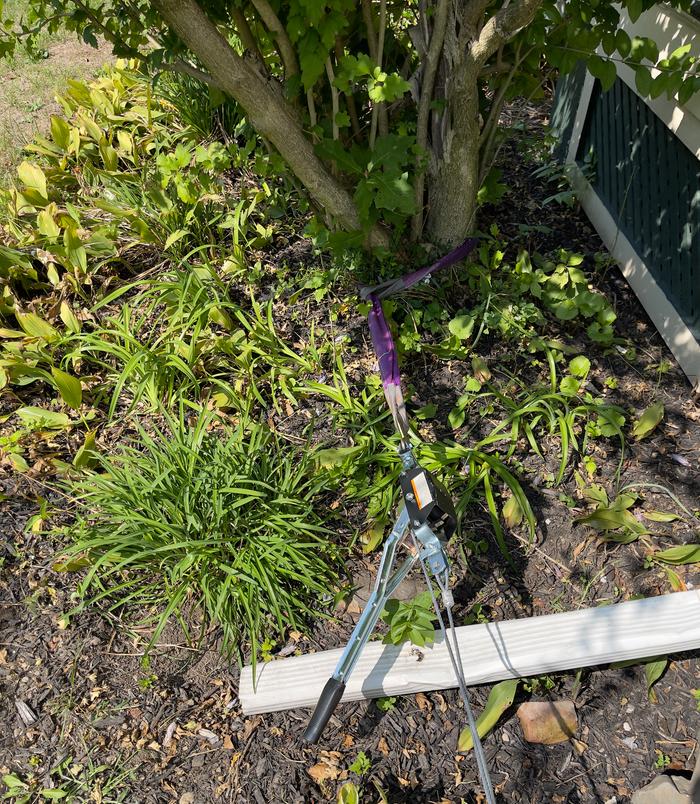
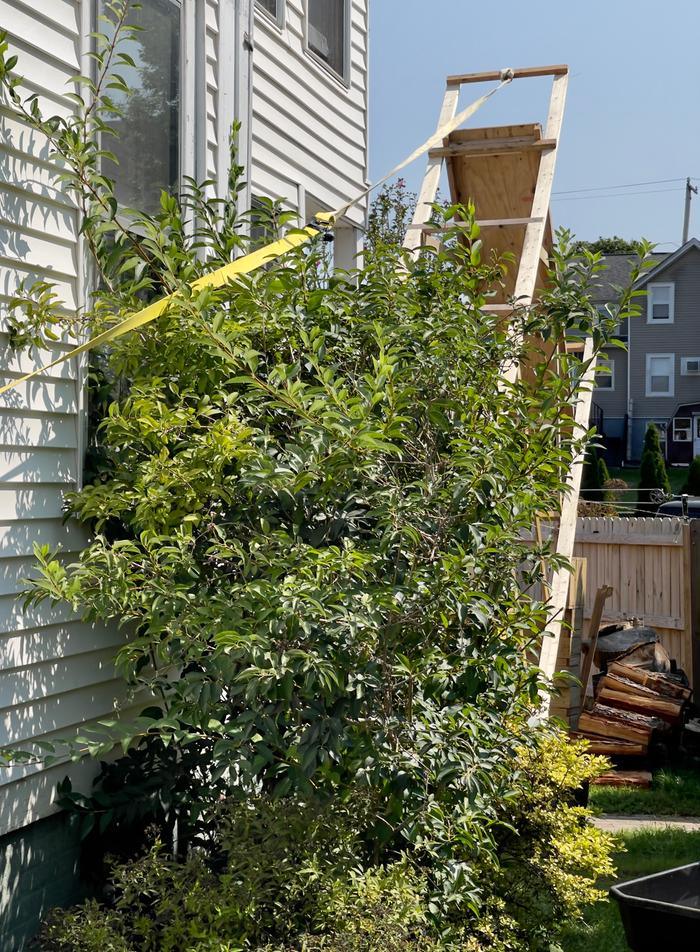
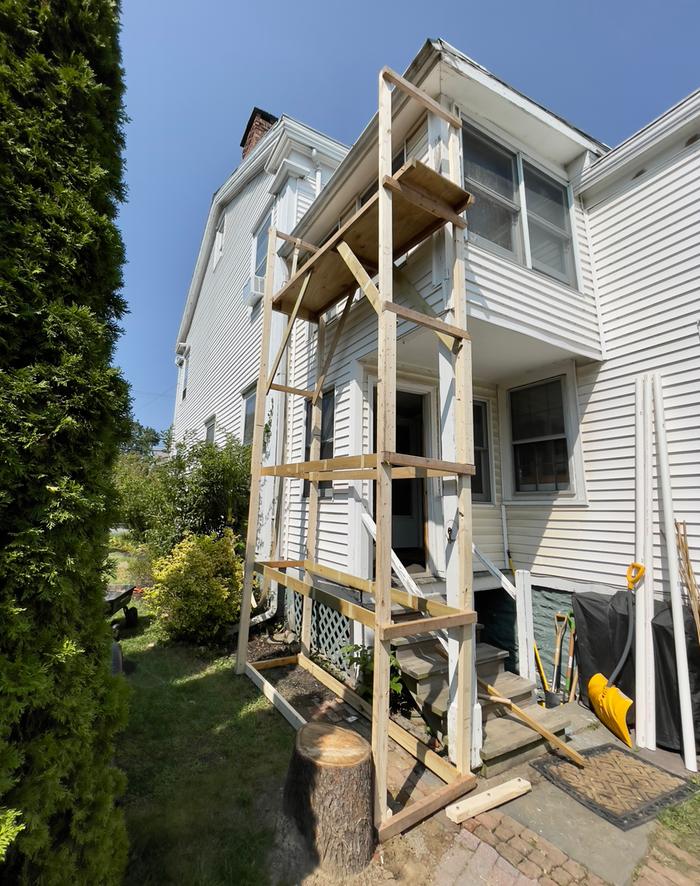

Cargo bikes are cool
Someone approved this submission.
Note: Approved for 7 points.
 1
1




 so that is very much noted for the future. (and if you wonder - the bins have roofs because of the rain, to avoid becoming anaerobic.)
so that is very much noted for the future. (and if you wonder - the bins have roofs because of the rain, to avoid becoming anaerobic.)


Paul Fookes approved this submission.
Note: I certify this BB complete for 4 points. Well done Ane




Now you can track your PEP BB and Badge progress in Google Sheets! Download today: PEP BB Calculator for Google Sheets
Mike Haasl approved this submission.
Note: Certified for 2 oddball points. Normally if a skill doesn't allow for duplication, it's also not supposed to be posted to Oddball. But this is such an odd/different kind of bird house, we'll let it slide. Just typing this out so that people don't submit lots of bird houses and carved spoons in the hopes of getting oddball points.
 5
5




Cargo bikes are cool
Someone approved this submission.
Note: Congratulations!




![Filename: June2022Gathering_Brunette_byDonnaShort_16.jpg
Description: [Thumbnail for June2022Gathering_Brunette_byDonnaShort_16.jpg]](/t/97787/a/190234/June2022Gathering_Brunette_byDonnaShort_16.jpg)
Someone flagged this submission as not complete.
BBV price: 1
Note: Where theris a similar BB, unfortunately it does not qualify for an oddball submission.





.jpg)
.jpg)
.jpg)
.jpg)
.jpg)
.jpg)
.jpg)
.jpg)
.jpg)
.jpg)


Someone approved this submission.
Note: Certified for 5 points. Great use of roundwood!
 2
2




"The world is changed by your example, not your opinion." ~ Paulo Coelho
Mike Barkley approved this submission.
Note: Certified for 3 oddball points. Looks great.
 5
5




 ).
).
"And we urge you, brothers and sisters, warn those who are idle and disruptive, encourage the disheartened, help the weak, be patient with everyone. Make sure that nobody pays back wrong for wrong, but always strive to do what is good for each other and for everyone else."
1 Thessalonians 5:14-15
Someone approved this submission.
Note: Nice project! Certified for 1 oddball point

|
Does this tiny ad smell okay to you?
The new permaculture playing cards kickstarter is now live!
https://www.kickstarter.com/projects/paulwheaton/garden-cards
|







